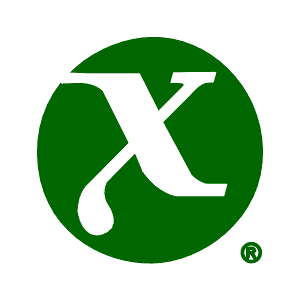
The Open Brand is signified by the "X" Device which can be associated

|
The Open Brand is signified by the "X" Device which can be associated
|
An Open Brand Certificate is issued for each Registered Product
The Open Brand cannot, and does not, attempt to dictate the content of any transaction in any specific supplier/customer relationship. It does not attempt to force a purchaser to buy, or a supplier to supply, items that the customer does not require. What it can, and does, do is provide the mechanism through which, if a buyer wishes to procure a product that is guaranteed to conform to a Product Standard, the supplier will provide a fully conformant product in accordance with the terms of the Open Group Trademark License Agreement.
The rules are very simple. The Open Brand applies to a product or product range marketed by the supplier, and means that if a configuration matching a particular Product Standard is ordered from that product range it will be delivered in full, and all the conditions of the Open Brand Trademark License Agreement will apply to it.
Anyone buying a Registered Product is guaranteed that:
The product conforms to all the specifications and standards, and complies with any special conditions, identified in the Product Standard.
The product is guaranteed to remain conformant throughout fixes, functional enhancements, and performance improvements. If it does not continue to conform, its Product Registration, and the ability to use the trademark, will be lost.
In the real world, conformance problems may arise from time to time. The Trademarks License Agreement requires that these must be corrected in the defined timescale.
Product Standards relate to one or more of the following:
The detailed requirements for conformance are identified in each Product
It is important to note that one Product Standard can include another Product Standard, and that additional conformance requirements may be included as a requirement within a more comprehensive Product Standard.
Registration of a product requires that it conforms to the requirements of the
Product Standard. The Conformance Statement (see

Following the merger of X/Open Company Ltd. and the Open Software
Foundation (OSF) to form The Open Group, the X/Open Brand (introduced in
1988) is now known as the Open Brand. Other terminology has also changed to
| Contents | Next section | Index |